Why user testing is important
Date: 2018
HOP app
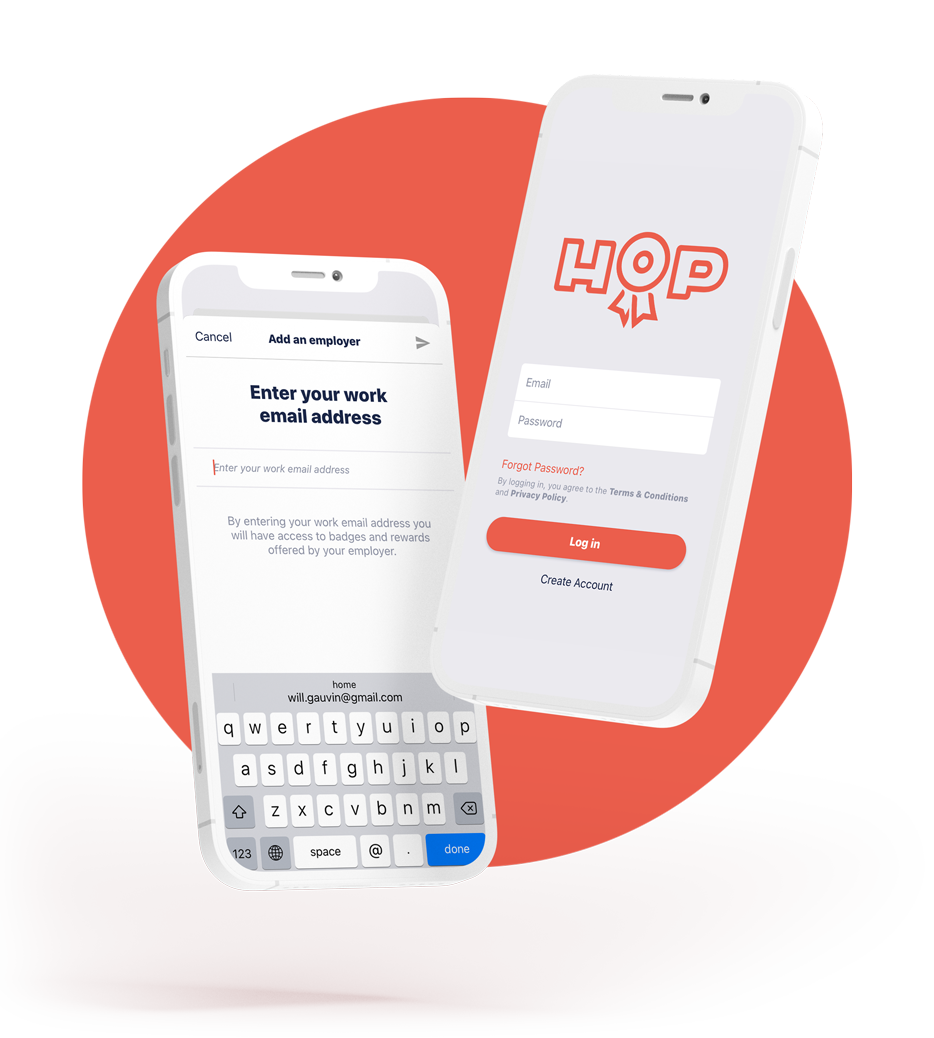
This is a sub-story of HOP Mobile App
My UX Designer Role
HOP is my first and biggest digital product I've ever worked on. Back in 2018, I started a Professional Certificate in UX Design and I simultaneously started working with a small agile developper team. The team was working on a mobile app meant to reward employees for their healthy lifestyle.
My role was to design and ideate on how to implement new features, while respecting the styleguide and maintaining a good user experience.
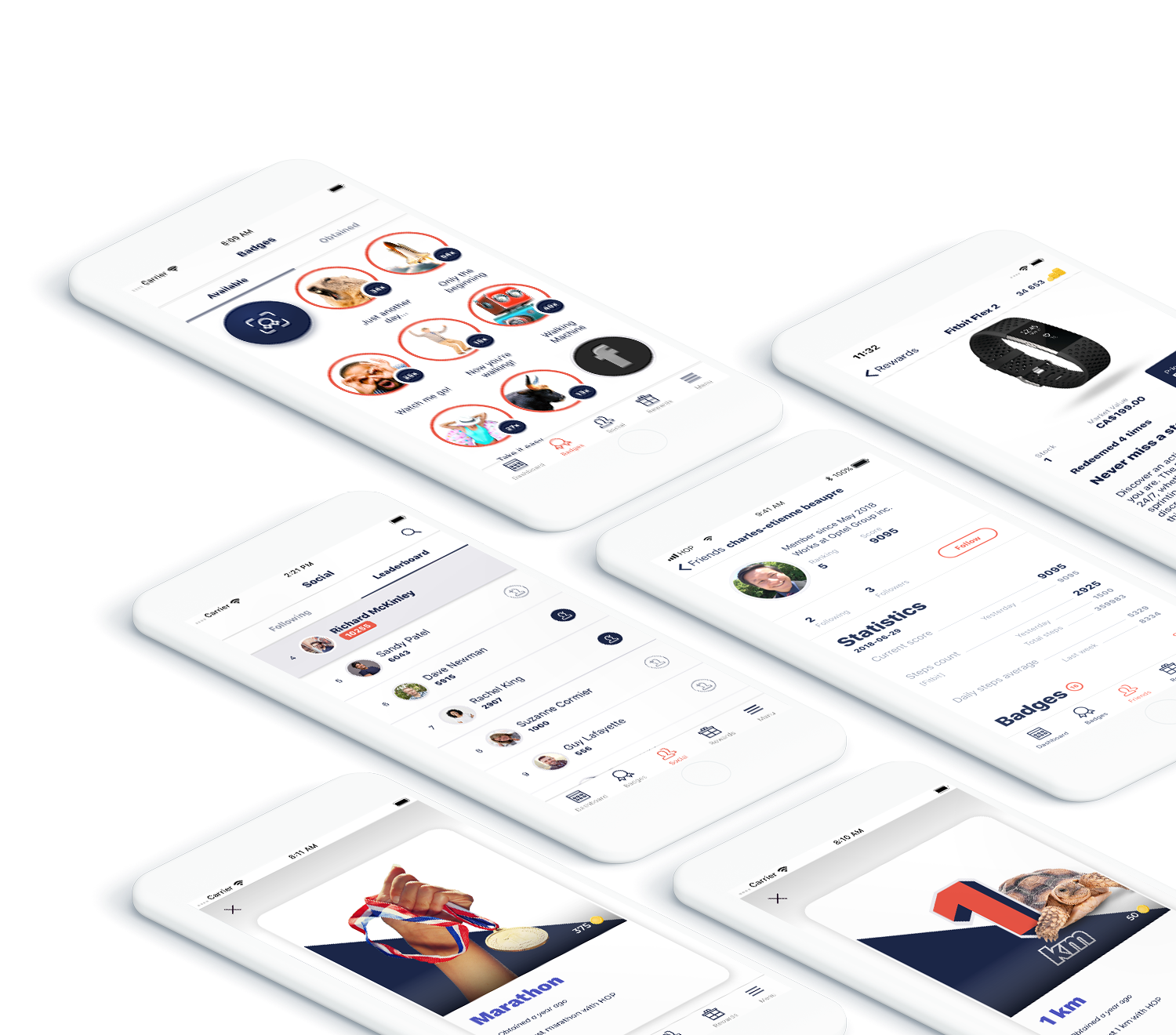
Link profile with employer
A few weeks after joining the team, it was time to deploy a new feature: connexion with you employer. Since the Rewards were listed by your company, this step was vital to be able to get the most of the app.
To do so, two methods were available:
1- Sign up with your corporate email address
2- Link your corporate email to your profile
Since the second option was an additional step, we encouraged users to use the 1st method. I thought it would be a good idea to add it to the onboarding, before the signup.
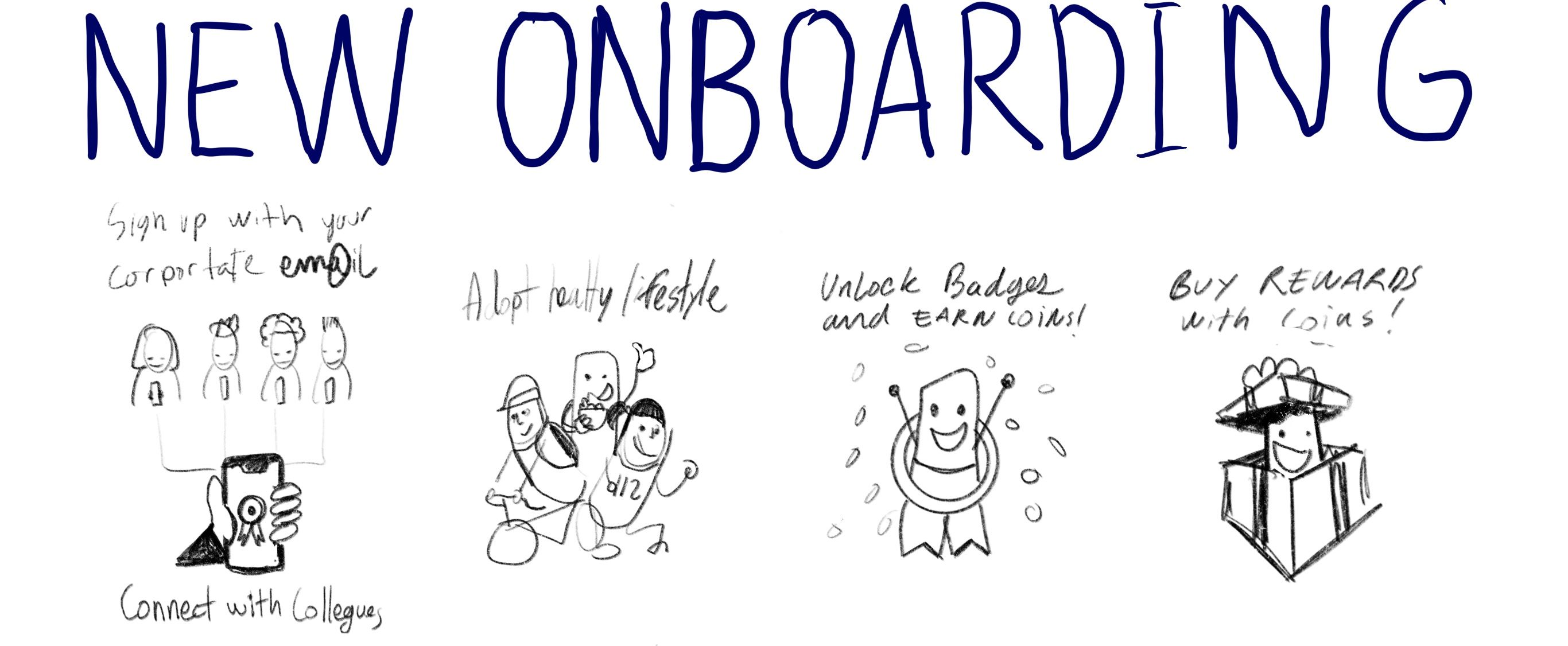
When this new feature was finished, it was time to test it. I gathered 6 OPTEL's employee that matched our different personas.
It is strongly advised not to conduct user testing within your organisation. Despite this guideline, I chose to do it either way since HOP was a special project and the other departments were our first pool of users. The usuals bias were then less impactful.
My first user testing
Again, this was my first user testing session. I chose my 6 guinea pigs by asking them what type of smartphone they were using. Since this feature was vital, I had to know if the OS had an impact on the process.
I wrote a read aloud manifest stating that it was not their performance that was tested, but rather the product itself. They also had to speak aloud to describe their action and their state of mind. I also wrote them clear and simple task to achieve during the test, without spoiling the targeted steps. Users had 25 minutes to register complete their profile, and claim a specific reward.
I installed a small wireless webcam between the participants' chest and their cellphone, and dedicated and area were they needed to perform their actions. The test was now ready to begin.
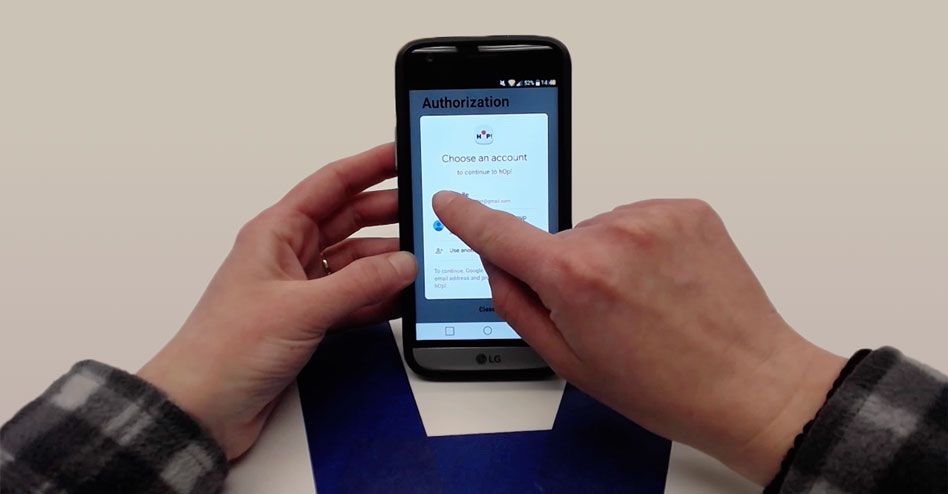
During the test
As soon as the first test started, an unpredictable issue rose up. All Android's users had the same issue: OPTEL was using a security protocol "Google Work Profile" to secure all Android's users personal inboxes. It required additional login steps that we never thought of before. The outcome was catastrophic, since the fitness tracking was, at the time, the main way to collect badges and coins. All three users were not able to complete the tasks.
Results
Despite this huge discovery, the results were mostly positive. Almost all Iphone users were able to successfully complete the task, without majors issues. Nevertheless, I noticed something that could be Improved. When the user is asked to connect with their employer, a few hesitations were noticeable. Even if the input's placeholder gave users the information they needed, It disappeared each time the field was active.
Iterations
The simplest way to fix this issue was to add a label for the input. Since I had a lot of empty space, I decided to make a huge call to action and to add some additional information, for those who might be reluctant to pursue this action.
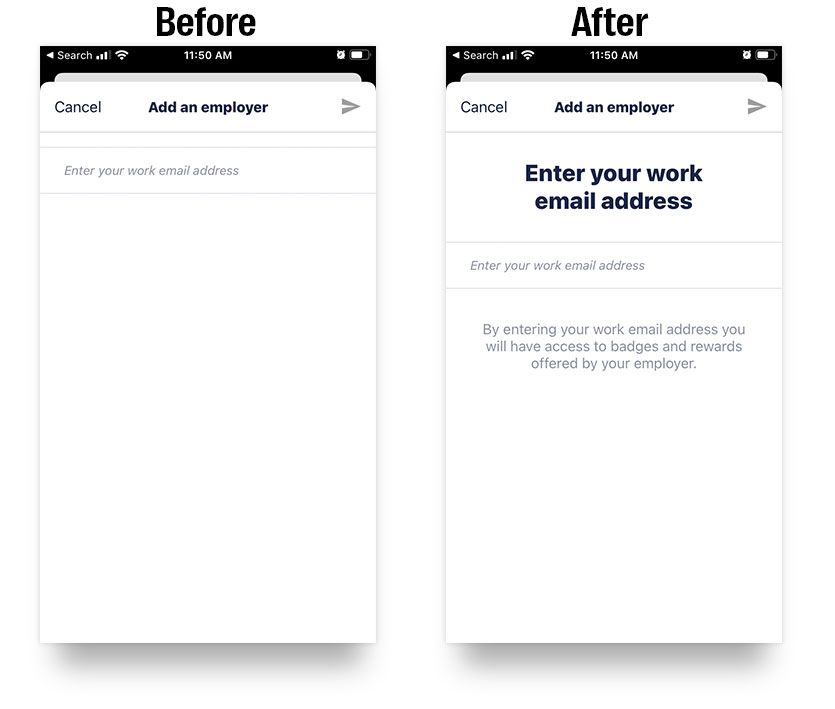
The login Issue
Since the Google Work Profile was a major bummer for Androids user, I suggested we change the Signup process by adding connexion with third party authentification Google, Facebook. This issue changed the way we wanted to guide the user throughout the signup process.
Summary
My first real-life usability tests were both success and failure. The significance of user testing was now completely obvious. If you ever thought you don't need to test you product, this story should convince you that the cost of not testing it is way more expensive.

William Gauvin